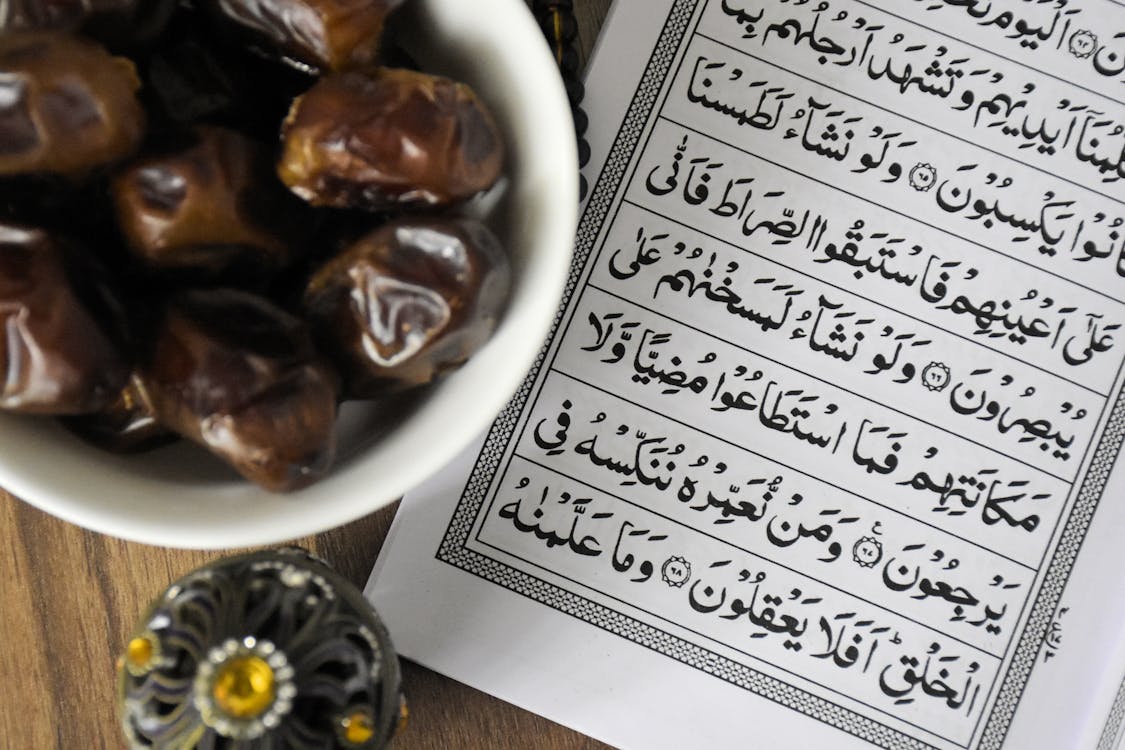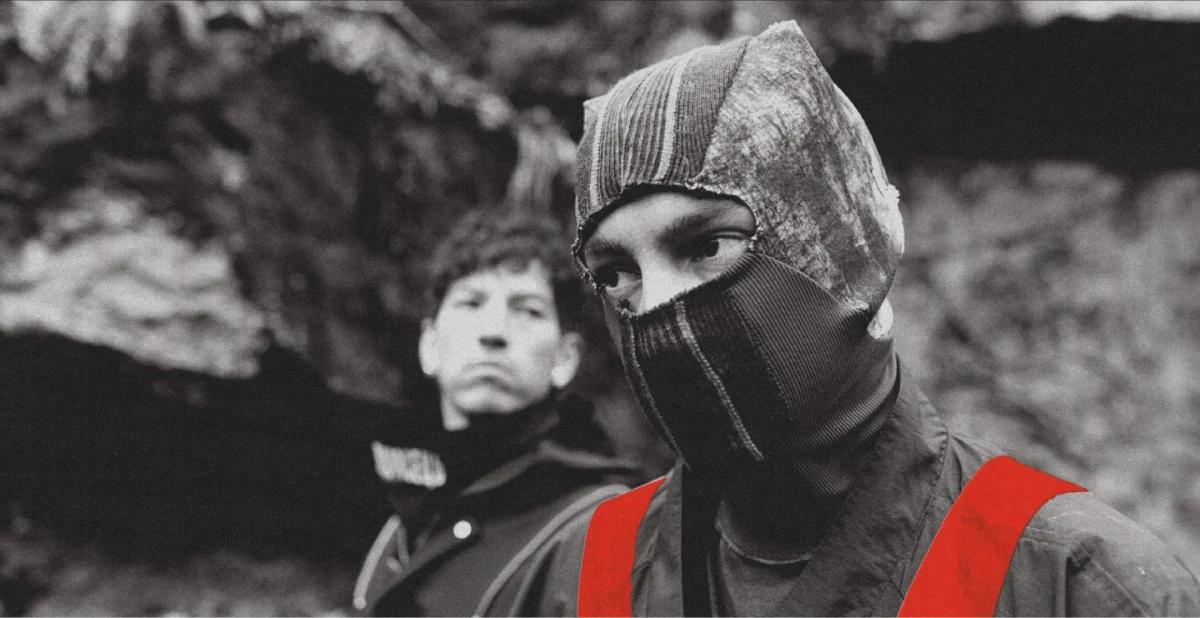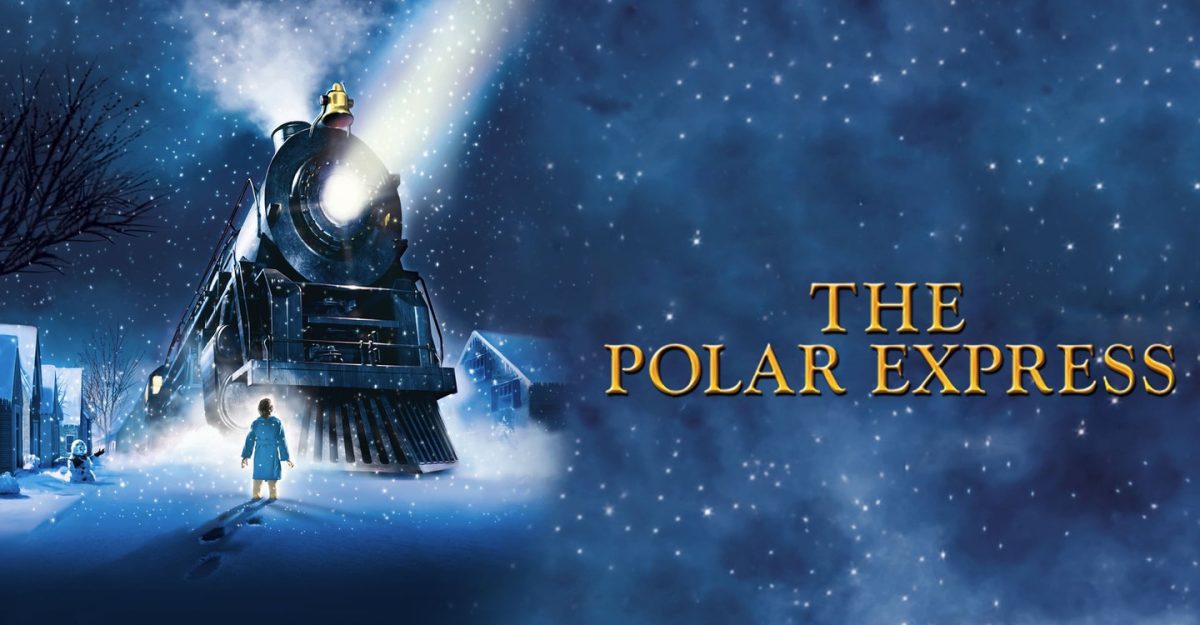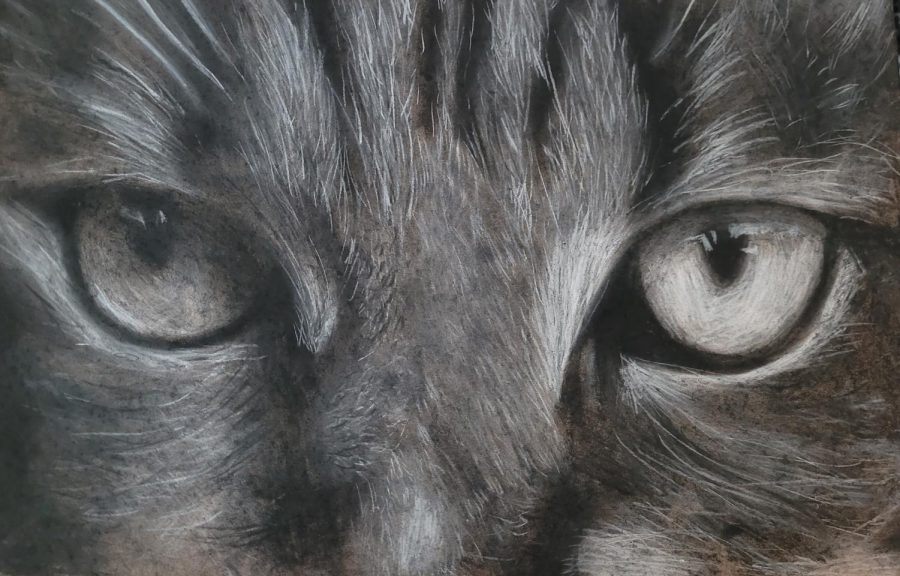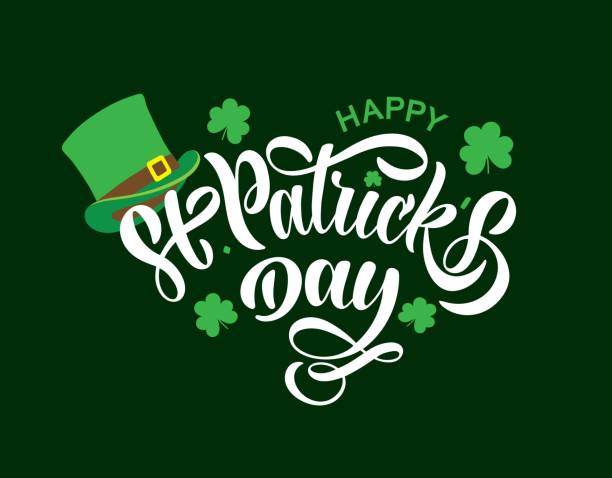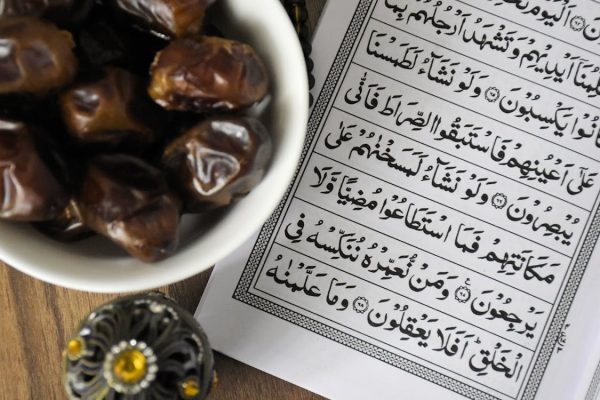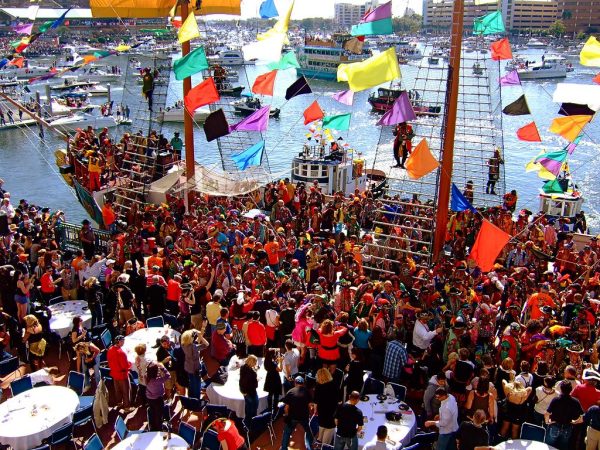History of St. Patricks Day
St. Patrick’s Day, March 17th, falls during the Christian season of Lent. It is on the 17th of the month to honor the patron St Patrick. During this time, Irish families would observe Lent by attending Church in the morning, and feast in the afternoon. However, during the season of Lent, Christians were to avoid eating meat, this was waived on St. Patrick’s Day so that people could enjoy a traditional meal of Irish bacon and cabbage.
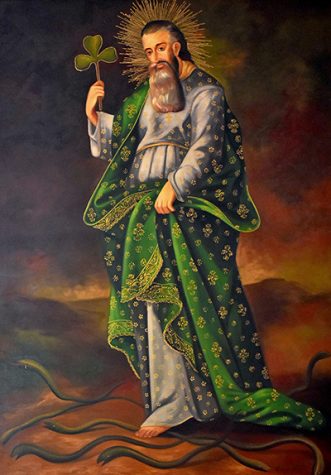
Saint Patrick, himself was born in Britain, but was captured and brought to Ireland by slave owners when he was 16 years old. He became a shepherd; however, he escaped back to Britain after 5 years of confinement. He returned as a devoted Christian and stated that he had visions from God who told him to come back to Ireland and spread the Gospel. (Info from Farmer’s Almanac). Saint Patrick worked to convert Ireland to Christianity, and by the time of his death, he helped establish plenty of schools, churches, and monasteries. Even after his death, St. Patrick went on to have somewhat mythological perception. Perhaps the most well-known fact about him is that he explained the Holy Trinity (Father, Son and Holy Spirit) using the three leaves of a native Irish clover, the shamrock.
The Roman Catholic feast days of St. Patrick began around the 9th or 10th century. The first appearance of a St. Patrick’s Day parade, according to records occurred in Florida, not in Ireland. In fact, the parade was held on March 17, 1601, in St. Augustine, Florida, a former Spanish colony in that time. Over a hundred years later, Irish soldiers fighting serving in the English military became homesick. As a result, New York and Boston started to hold parades and the trend exploded across the United States.
Over the course of many years, St. Patrick’s Day has become Americanized, with everything green, parties, parades, shamrocks, and leprechauns. Surprisingly, in Ireland, they do not celebrate St. Patrick’s day as much as it is in America. According to, “St. Patrick’s Day: The Irish day that’s not so Irish”, “It’s been dressed up a lot. It’s been Americanized, the joyful aspect of it. The Irish aspect is the religious aspect,”. The purpose around the holiday isn’t to have fun, or wear bunches of green; but to respect Irish heritage. “March 17 was a day of solemnity in Ireland with Catholics attending church in the morning and partaking of modest feasts in the afternoon. There were no parades and certainly no emerald-tinted food products,” (History).
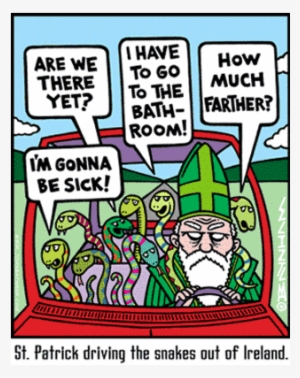
When Irish Immigration continued in the 19th and 20th century, the holiday evolved into what we celebrate today. The holiday highly differs to how it used to be. In the past, there was a time when green was even considered punishable if worn in Ireland. In present time, shamrocks, or a three-leaf clover is considered the symbol or sign to represent St. Patrick’s Day, or Ireland.
After almost one thousand years after the death of St. Patrick, the festivities continue to grow. To illustrate this point, every year on this holiday, the Chicago River is dyed green annually with 100 pounds of green vegetable dye. Although some may use St. Patrick’s Day as an excuse to have fun, this day is a chance for you to branch out, see Irish entertainment, like watching traditional Irish dancing, or eating standard Irish cuisine like corned beef and cabbage.
It is all about the way you perceive the holiday, Sophie Pereira, a freshman, states her view-point of the event, “I see the holiday as an opportunity to get together and celebrate with people around you. It’s cool to see all the people dressed in green, and how so many people go all out. I don’t necessarily celebrate St. Patrick’s Day, but I think it’s a cool holiday and I like watching the world come together and celebrate together.” It’s not whether you celebrate or not, that’s important, but it’s the story behind the holiday that is significant.
Fun Facts:
- The shamrock: Holy Trinity (Father, Son and Holy Spirit) using the three leaves of a native Irish clover, the shamrock. The shamrock is also considered the national flower of Ireland.
- Dyeing the river green: The practice of dyeing the river green started in Chicago in 1962, when city officials decided to dye a portion of the Chicago River green.
- Corn beef and cabbage: This is an Irish American dish. Irish Americans were so poor they could not afford certain meals. On St. Patrick’s Day, the best meal they could afford was beef and cabbage. It became a staple for the holiday.
- Countries: Over 100 countries celebrate St Patrick’s Day around the World, the largest celebration is in Argentina located in South America.
- Irish Step Dance: Over 2,000 years ago, introduced by the Celts who arrived in Ireland from Europe.
- The Pot ‘O Gold coin toss is a common game played to celebrate St. Patrick’s Day.
- The odds of being able to find a four-leaf clover is 1 in 10,000.
- Over 34.7 million citizens in the United States are registered with Irish ancestry.
- In old folklore, Saint Patrick was known to have chased away snakes in Ireland.
Your donation will support the student journalists of Wesley Chapel High School. Your contribution will allow us to purchase equipment and cover our annual website hosting costs.



